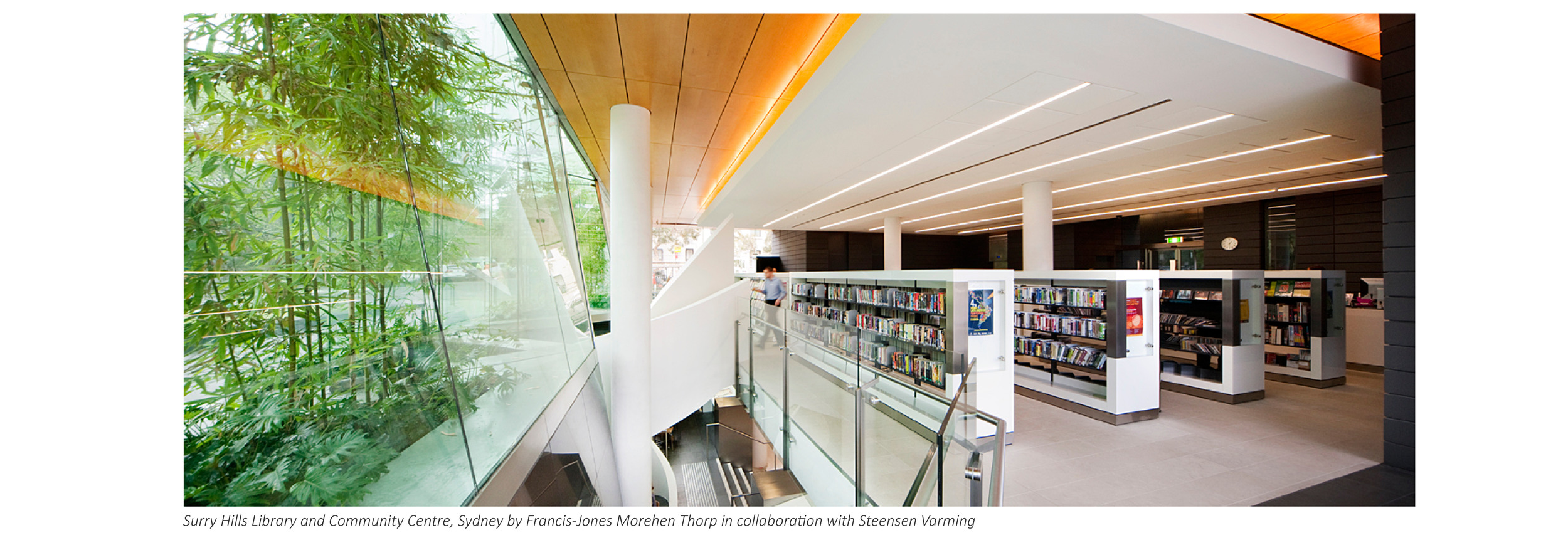Shaping the Human Environment - Putting Nature to Work
The first in a series of articles on sustainability-led design, Morphis and Steensen Varming engineering consultants have come together to explore integrated approaches to create healthy cities to live and work in. . .
Two thirds of the world’s population is expected to live in cities by 2050 and adapting to this growth requires careful consideration towards a cleaner and more energy efficient future. To address these complex urban challenges, we have the responsibility of keeping abreast of clean and efficient energy and water research, implementing hybrid functionality in order to shape a more balanced human environment.
We need to challenge conventional approaches by creating integrated solutions that reduce demands on resources, and increase efficiency and use of renewable energy technologies. We need to continue to inspire innovation while building on traditional design techniques.
The concept of sustainable urbanism draws on intelligent massing at the earliest stages of urban planning and includes harnessing local site opportunities and building orientation as part of an integrated microclimatic response. Throughout our designs we focus on the client and user needs in the context of each project, optimising buildings and public realm through passive design, efficient engineering, and utilising renewable energy where possible.
Part of the value that Steensen Varming adds to landscape architecture is through advice on optimising the benefits present in nature, combining scientific theory with design. Trees and greenery reduces the impression of urban sprawl, improves pedestrian wellbeing and mitigates local air pollution in the public realm by absorbing CO2 and bio-filtering air before it enters internal environments. Green roofs, along with planting also reduce the urban heat island effect. Strategic planting can be used to provide shelter from the sun during hot months, actively encouraging people to be outdoors; and to admit daylight and low angle solar energy for passive heating in winter when greenery retreats.
We have the expertise to create shelter and shade from unwanted solar gain, scoop prevailing winds for passive cooling in summer, and yet also collect solar energy for passive heating, and shield from cold winds in winter.
We are also looking at the technology around integrating solar harvesting surfaces in the landscape. Maybe in the future surfaces on pathways, roads and even car roofs which will routinely generate electricity with new technologies, as well as implementing solar opportunities to power mobile phones and free wi-fi as the norm in cities.
A sustainable initiative currently being implemented by Morphis on projects across Asia include green roofs and water storage, integrated with aquaculture through tilapia tanks to create high yield food production within buildings. Moving towards self-sufficiency, if rainwater harvesting and greywater recycling are implemented to reuse water for toilet flushing and irrigation, the demand for pumping treated, expensive mains water around cities can be greatly reduced.
Key parts of the design process that together both Morphis and Steensen Varming contribute to range from passive design and energy efficiency, to harvesting and treating water for re-use in buildings and the landscape; all important considerations in forming an integrated approach to sustainable and healthy future cities.
In the next article, Morphis landscape architecture and Steensen Varming engineering consultants look at passive design case studies exploring the impact of green façade and roof treatments, as well as opportunities for aquaculture in buildings from grey water and surface run off and storage to food production.
Morphis are specialists in landscape architecture – creating innovative and visionary projects, celebrating context, experience and memory across Asia, The Middle East and Europe.
Steensen Varming is a global company established in Denmark in 1933. Today with studios in Copenhagen, London, Sydney, Hong Kong and New York, the company provides high specialist services in mechanical and electrical engineering, lighting and sustainable design encompassing architectural and urban design. A key feature is its world-class expertise in sustainable design with an inherent focus on creating comfortable environments without increasing environmental deficit. Photograph copyright © Steensen Varming.



